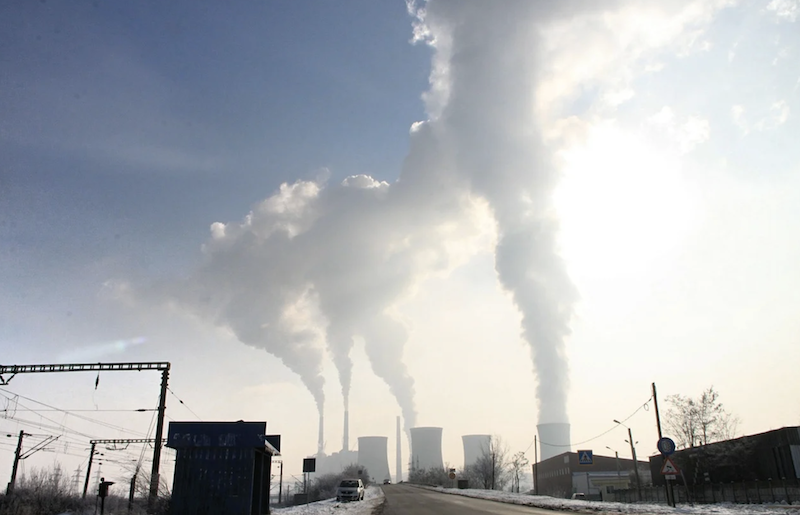Builders for Climate Action have found that embodied carbon accounted for an outsized portion of greenhouse gas emissions for new low-rise construction.
A new white paper from the group says that the carbon footprint can be significantly reduced by using conventional materials. The highest embodied carbon came from a building with high-Portland-cement concrete, and extruded polystyrene and spray-foam insulation. A typical model included concrete with some supplemental cementitious materials (SCMs), along with mineral wool insulation.
A lower-carbon alternative, called a “drawdown building” incorporated high-SCM concrete, and cellulose and wood fiber insulation. The carbon-storing model included:
· Insulated concrete forms with high-SCM concrete
· Expanded glass sub-grade insulation
· Straw and wood fiberboard insulation
· Wood cladding
· Compressed straw panel interior walls
· ReWall interior finishes
· Wood windows
· Linoleum and Forest Stewardship Council-certified softwood flooring
· Cedar shake roofing
An energy-efficient drawdown building located in Toronto and using renewable grid electricity would avoid 614 metric tons of carbon emissions over 30 years, according to the report. One caveat: Drawdown buildings rely heavily on wood products, and there are emerging questions about whether wood is universally a carbon-storing material.
Related Stories
| Dec 12, 2011
Philadelphia Mayor Signs Order for Project Labor Agreements
Philadelphia Mayor Michael Nutter signed an executive order establishing project labor agreements for major public works projects in Philadelphia.
| Dec 12, 2011
Improved Code Requirements for Attic Ventilation
The International Code Council (ICC) recently published the 2012 International Residential Code (IRC) that includes improved code requirements for balanced intake and exhaust for ventilated attics.
| Dec 12, 2011
DOE makes 2010 ASHRAE energy standard the reference for state energy codes
The U.S. Department of Energy (DOE) issued a ruling that establishes the 2010 American Society of Heating, Refrigerating and Air-Conditioning Engineers’ (ASHRAE’s) 2010 energy efficiency standard as the commercial building reference standard for state building energy codes.
| Dec 1, 2011
Chinese cabinet approves regulation to prevent fraud in construction bidding
China’s State Council approved a regulation to standardize bidding processes for construction and other business-related projects in order to prevent fraud and misconduct.
| Dec 1, 2011
More stringent efficiency codes driving growth in green building industry
Thanks partly to upgraded building codes, the building energy efficiency market will soar more than 50% between now and 2017 to $103.5 billion, according to Pike Research.
| Dec 1, 2011
Safety tracking tool helping prevent injuries at World Trade Center site
Since putting in place their Safety Management Systems Tracking Tool three years ago, risk managers for the World Trade Center project in New York say they've seen workplace injuries, reported hazards, and workers compensation claims decline.
| Dec 1, 2011
OSHA releases new construction safety videos
OSHA released new safety videos to offer both employers and workers brief, easy-to-understand education about construction safety.
| Dec 1, 2011
GSA Region 5 BIM standards could set national agenda in government contracting
Learning how the GSA wants to work with contractors using Building Information Models (BIM) will dramatically improve your odds of winning federal work.
| Nov 23, 2011
Fenestration council seeks committee members
The National Fenestration Rating Council (NFRC) is seeking members for a committee to pursue recognition of its ratings procedures from the American National Standard Institute (ANSI).
| Nov 23, 2011
Obama signs repeal of 3% withholding on government contracts
President Obama signed a bill that repeals a law requiring governments to withhold 3% of payments over $10,000 to contractors.















